The major pests affecting California cherry production are spotted wing drosophila (Drosophila suzukii), cherry leafhopper (Fieberiella florii), mountain leafhopper (Colladonus montanus), webspinning spider mites (Tetranychus pacificus, Tetranychus urticae), and pocket gophers (Thomomys spp.).
Spotted wing drosophila (D. suzukii) are invasive pests that penetrate the cherry skin and lay eggs during ripening. Drosophila attack both healthy and damaged fruit (UC IPM 2013), but prefer red to dark red colored fruit. By using traps and harvesting pollinizer tree fruit that ripen prior to the desired cultivar a grower can detect the presence of SWD, monitor fly levels, and indicate the need for insecticide application. However, insecticides are the only currently-effective control treatment (Van Steenwyk 2013).
Cherry leafhopper and mountain leafhopper are problematic because they are vectors of X-Disease/cherry buckskin. If present and not controlled, these leafhoppers can spread X-Disease rapidly within and between orchards. (UC IPM 2013).
Webspinning spider mites damage leaves. Large populations, if not controlled, with miticides or natural enemies, reduce tree vigor and productivity. (UC IPM 2013).
Cherry Photo Gallery
These photos are accessed from the UC ANR Repository, are available courtesy of University of California research and extension personnel and programs, including the UC Statewide IPM Project. Photo information, including the photographer, is displayed when the larger image is viewed.
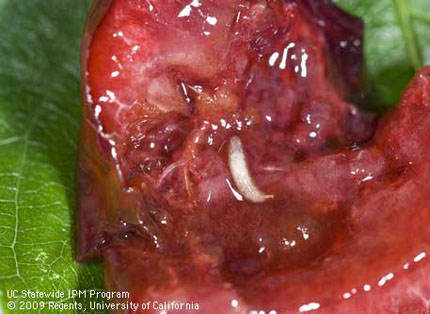
|

|
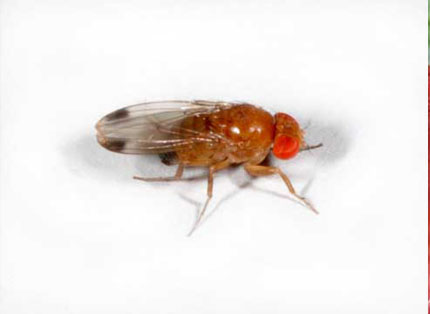
|
| Drosophila suzukii larva in cherry. | Adult female Drosophila suzukii. | Adult male Drosophila suzukii. |
| UC IPM Project © UC Regents. | UC IPM Project © UC Regents. | UC IPM Project © UC Regents. |
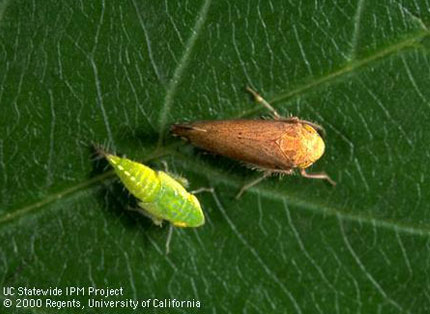
|
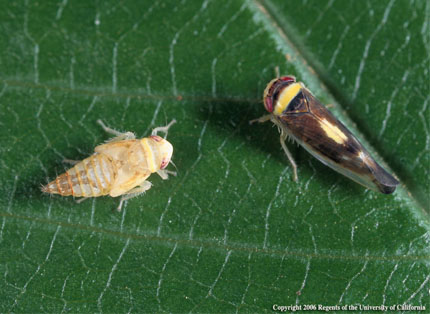
|
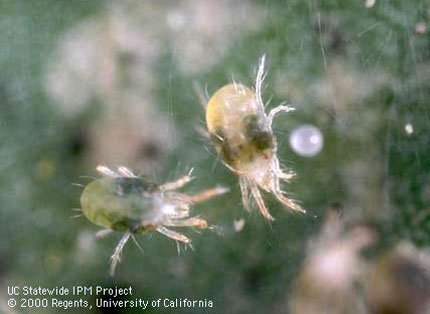
|
| Flor's (or cherry) leafhopper nymph & adult. | Mountain Leafhopper adult & nymph. | Spider mite adults & egg. |
| UC IPM Project © UC Regents. | UC IPM Project © UC Regents. | UC IPM Project © UC Regents. |

|
||
| Cherry/pear slug & feeding damage; no slimy coating on mature larvae. | ||
| UC IPM Project © UC Regents. |
